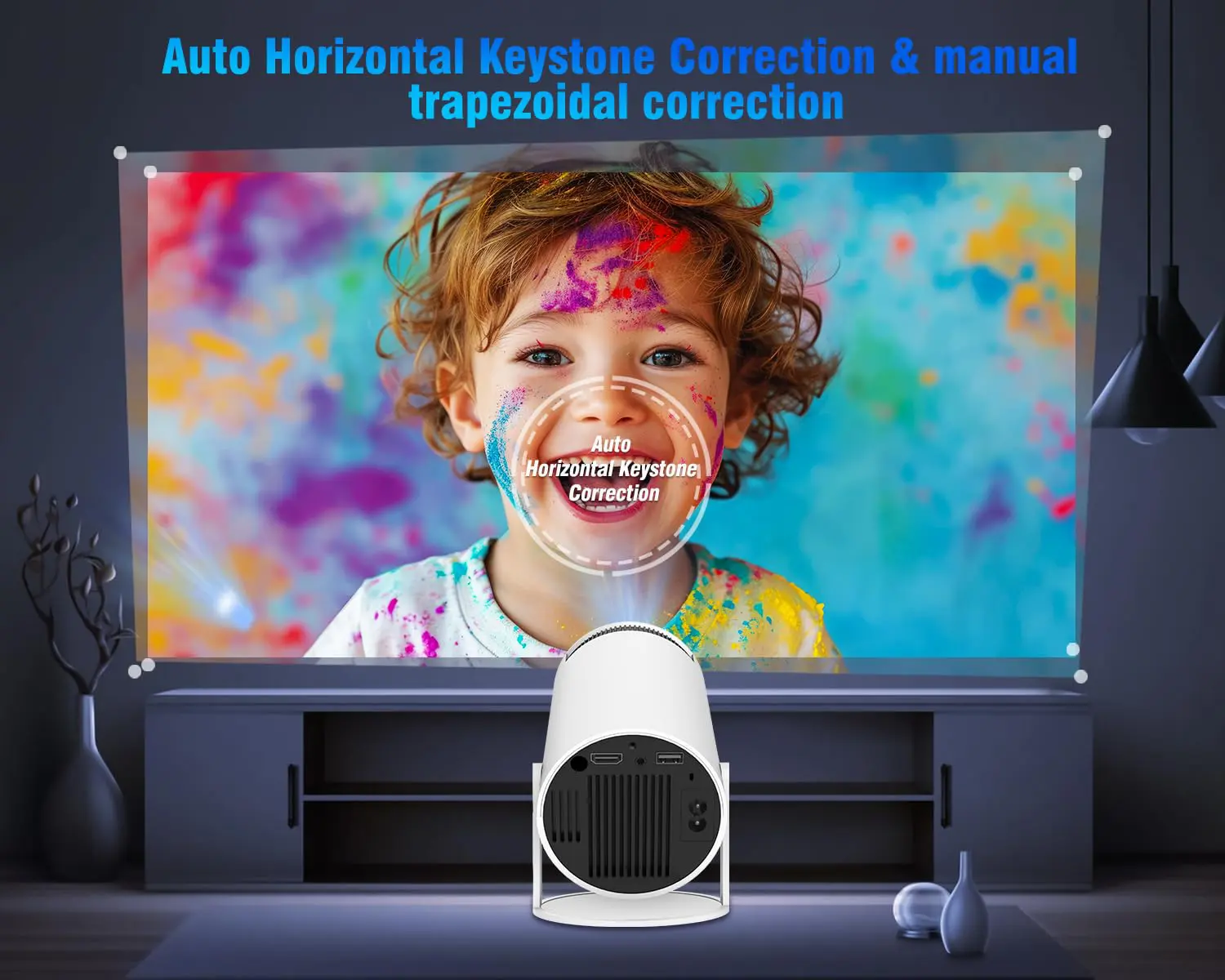Posted At: May 08, 2025 - 1,027 Views

The operating system (OS) is the backbone of any smart projector, dictating its functionality, user interface, and compatibility with various applications. Two predominant OS choices in the smart projector market are Android and Linux. Each offers distinct advantages and potential drawbacks, making the choice between them pivotal based on specific user needs and preferences.
Understanding Android OS in Smart Projectors
User Interface and Experience
Android OS is renowned for its intuitive and user-friendly interface. It offers a familiar environment for users, especially those accustomed to Android smartphones and tablets. The graphical user interface (GUI) is visually appealing, with easy navigation through menus and settings.
App Compatibility
One of Android's significant strengths is its vast app ecosystem. Users can access the Google Play Store, downloading and installing a plethora of applications ranging from streaming services like Netflix and YouTube to productivity tools and games. This extensive compatibility enhances the projector's versatility.
Customization and Updates
Android allows for considerable customization. Users can personalize their home screens, adjust settings, and even install third-party launchers to modify the look and feel of the interface. Regular updates from Google ensure that the OS remains secure and up-to-date with the latest features.
Performance and Resource Management
While Android offers a rich feature set, it can be resource-intensive. Smart projectors running Android may require more robust hardware specifications to ensure smooth performance, especially when multitasking or running high-definition content.
Exploring Linux OS in Smart Projectors
User Interface and Experience
Linux-based smart projectors often feature a more straightforward and minimalist interface. While it may lack the visual flair of Android, it provides a functional and efficient environment, focusing on core functionalities without unnecessary bloat.
App Compatibility
Linux OS in smart projectors typically supports a limited range of applications. Instead of a comprehensive app store, users might have access to pre-installed apps or need to sideload applications. This limitation can be a drawback for users seeking a wide variety of apps.
Customization and Updates
Linux offers high levels of customization, especially for users with technical expertise. The open-source nature of Linux allows for modifications at various levels, from the user interface to system functionalities. However, updates may not be as frequent or streamlined as those in Android.
Performance and Resource Management
Linux is known for its efficiency and low resource consumption. Smart projectors running Linux can perform effectively even with modest hardware specifications, making them suitable for users prioritizing performance over extensive features.
Comparative Analysis: Android vs Linux in Smart Projectors
| Feature | Android OS | Linux OS |
|---|---|---|
| User Interface | Intuitive, visually rich | Simple, functional |
| App Compatibility | Extensive (Google Play Store access) | Limited, often requires sideloading |
| Customization | High, with various personalization options | Very high, especially for tech-savvy users |
| Updates | Regular, automated updates from Google | Less frequent, may require manual intervention |
| Performance | Requires higher specs for optimal performance | Efficient, runs well on lower-spec hardware |
| Resource Management | More resource-intensive | Lightweight, conserves system resources |
Choosing the Right OS for Your Needs
When to Choose Android OS
- Diverse App Requirements: If you need access to a wide range of applications, including streaming services, games, and productivity tools.
- User-Friendly Interface: Ideal for users seeking an intuitive and visually appealing interface.
- Regular Updates: Suitable for those who prefer automated and regular system updates.
When to Choose Linux OS
- Performance Efficiency: If you prioritize efficient performance, especially on hardware with limited resources.
- Customization: Best for users with technical expertise who wish to customize their system extensively.
- Minimalist Approach: Suitable for those who prefer a straightforward, no-frills user experience.
Final Thoughts
Selecting between Android and Linux OS for your smart projector hinges on your specific needs and technical comfort level. Android offers a rich, user-friendly experience with extensive app support, making it ideal for general consumers. In contrast, Linux provides a lightweight, customizable environment suited for users seeking performance efficiency and greater control over their system.

